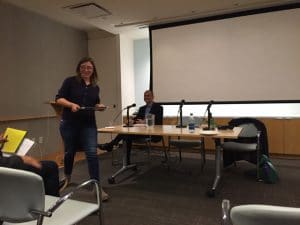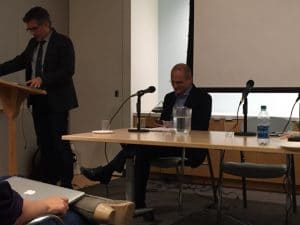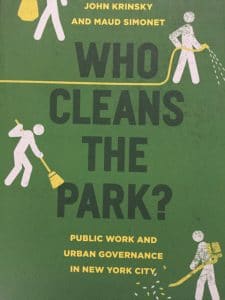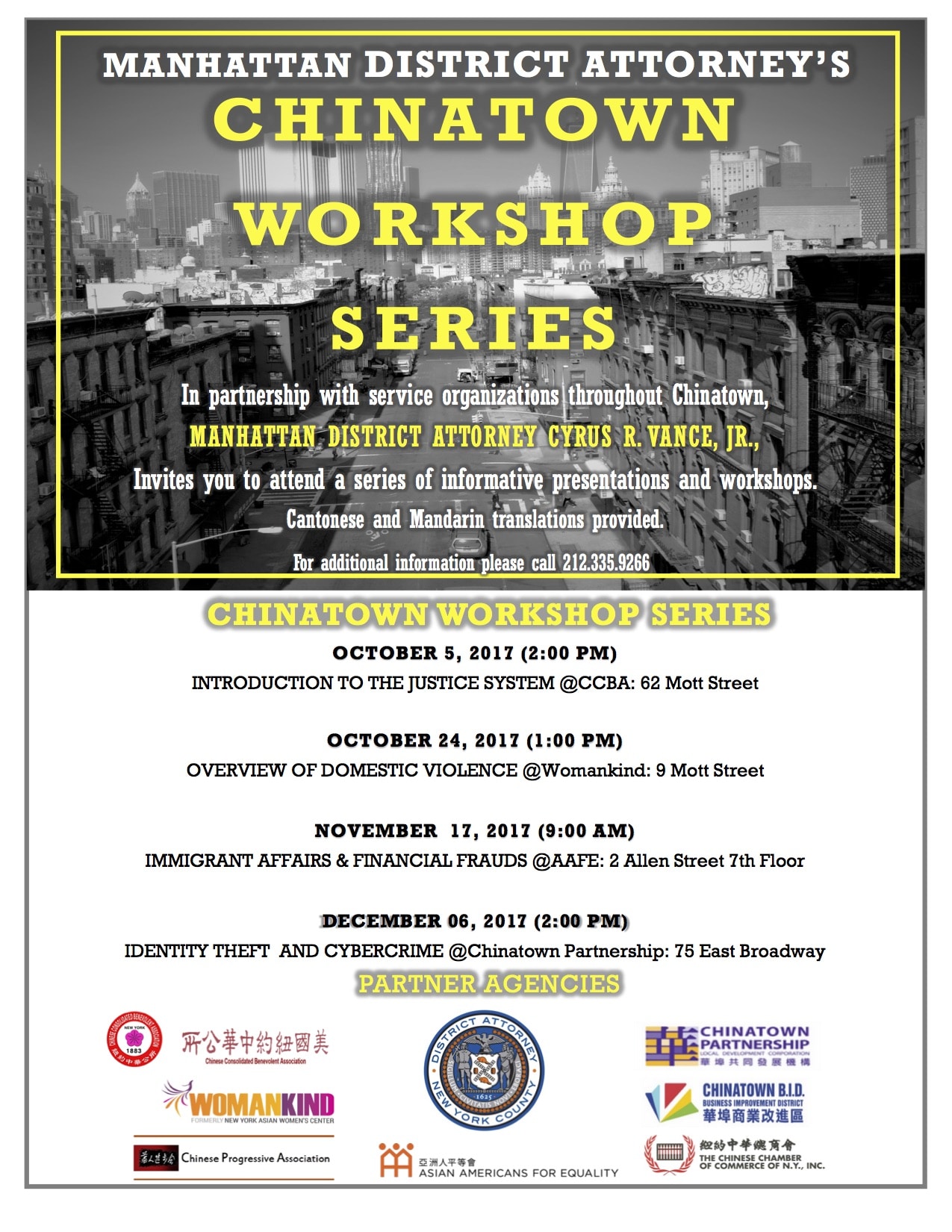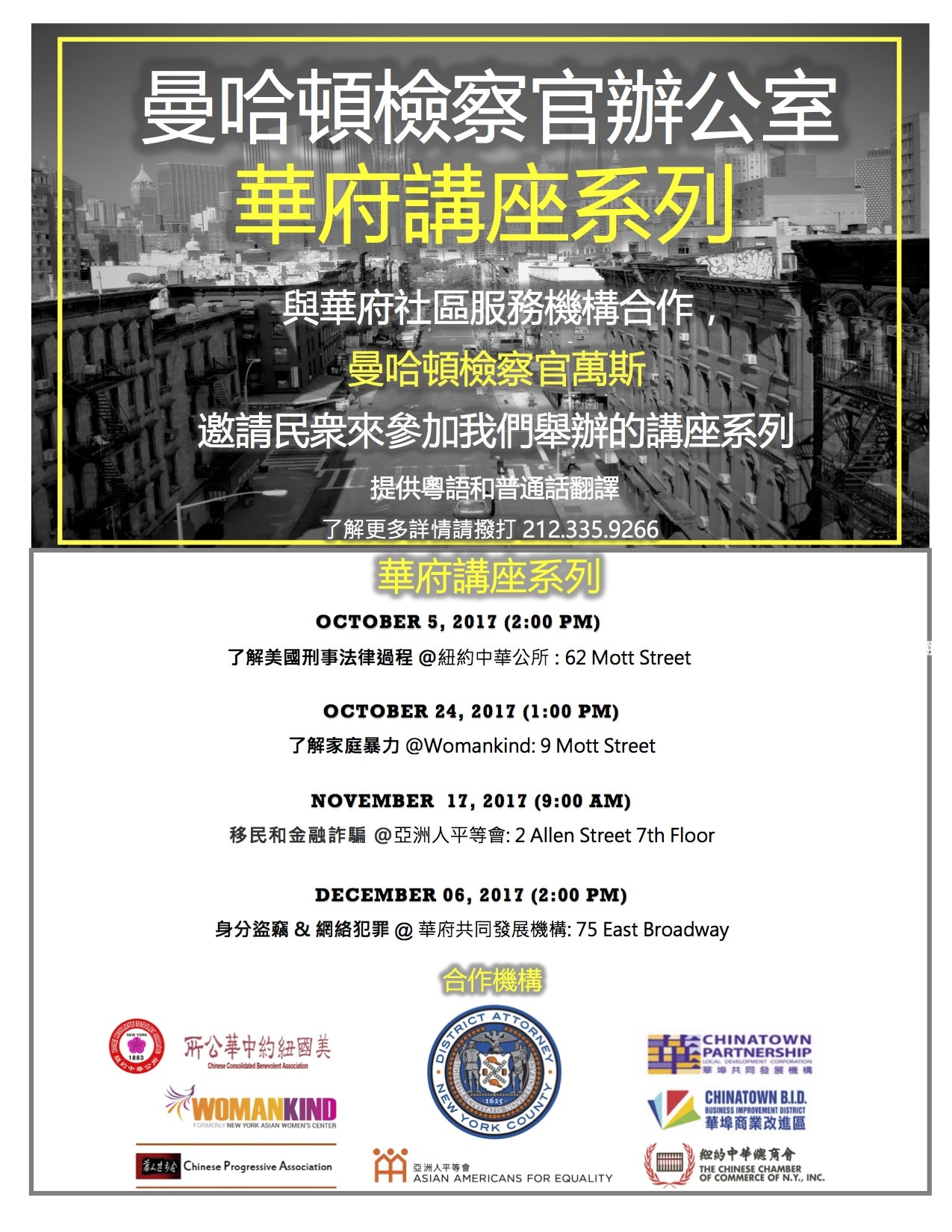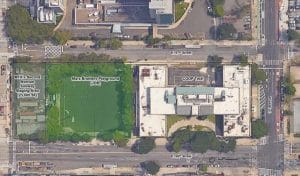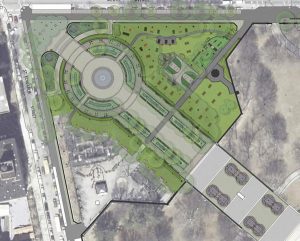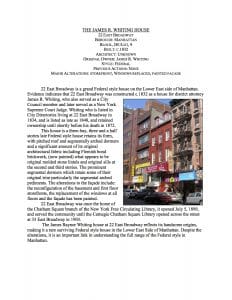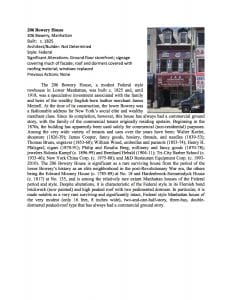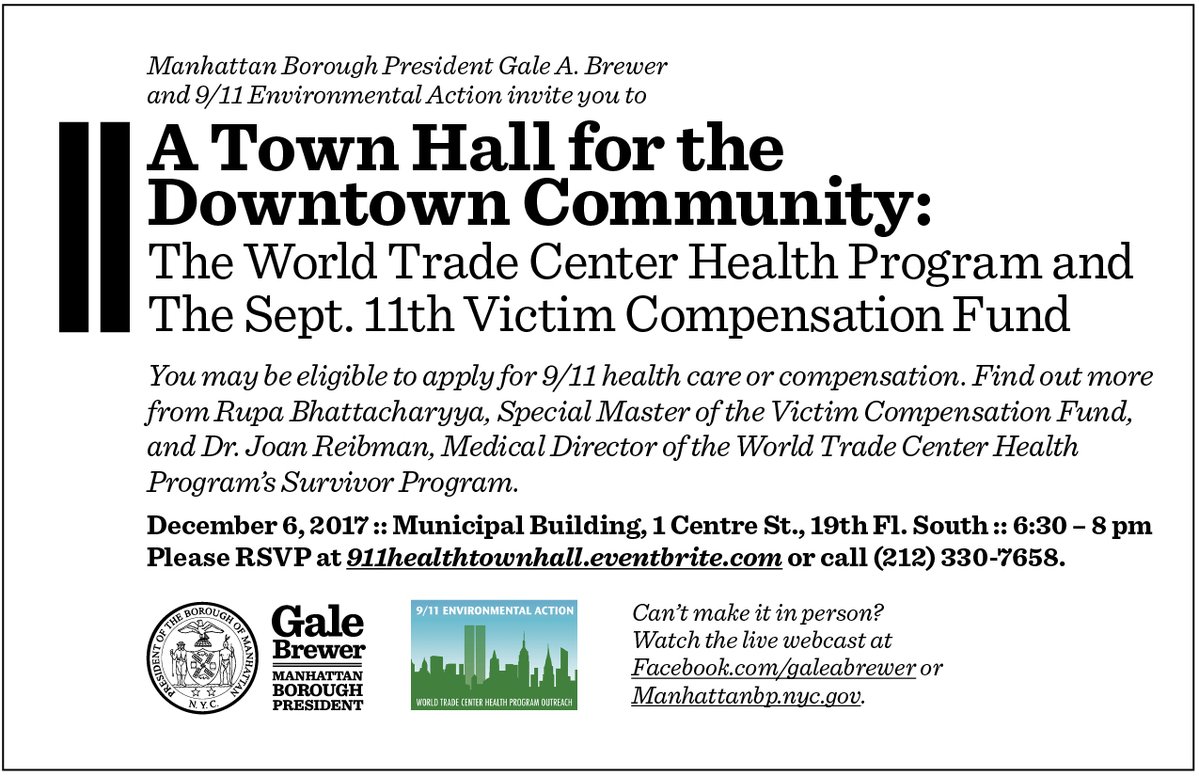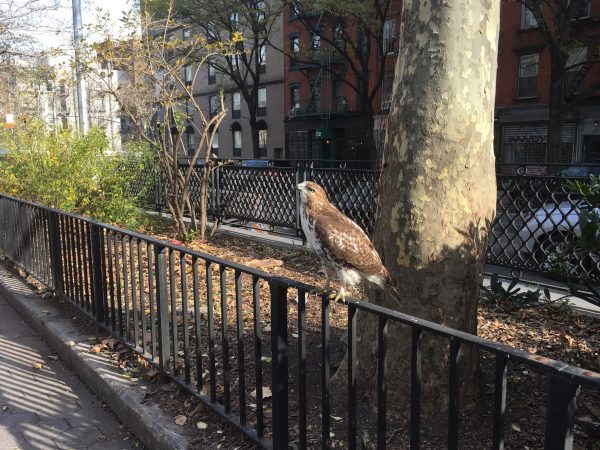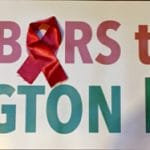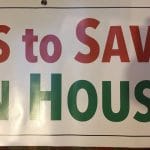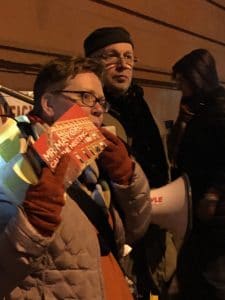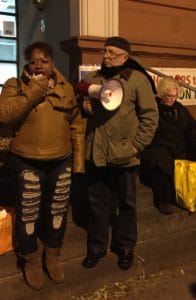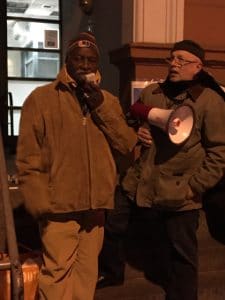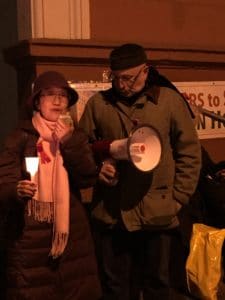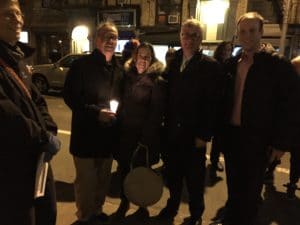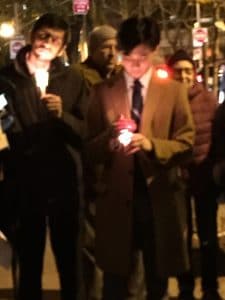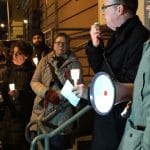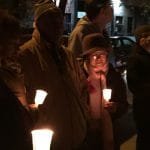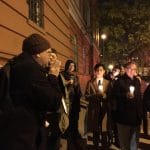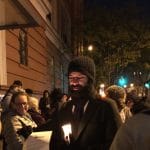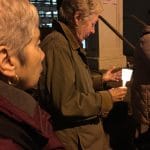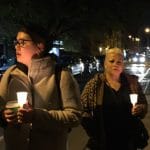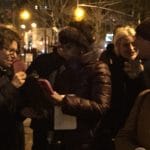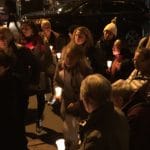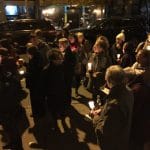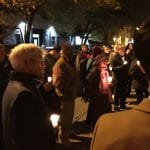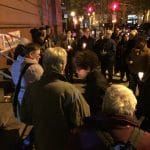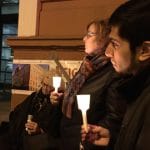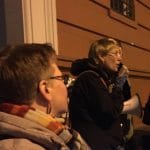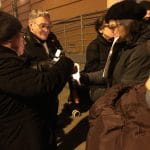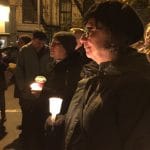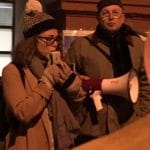Visiting volunteers gave Bob a hand in the Garden today led by Dr Thandeka Mazibuko a founder of Sinomusa Nothando Community Development.
Volunteers today were Baye Diof, David Loye and the Dr. herself and of course Bob.
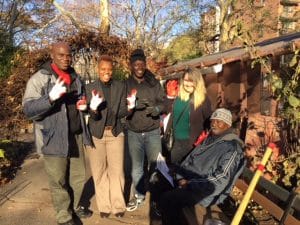
Dr. Mazibuko: “The reason for donating our services to the park is motivated by #67minutes for Nelson Mandela”
From the Nelson Mandela International Day website:
Mandela Day is a global call to action that celebrates the idea that each individual has the power to transform the world, the ability to make an impact. The Mandela Day campaign message is: “Nelson Mandela has fought for social justice for 67 years. We’re asking you to start with 67 minutes.”
Can you spare 67 minutes of your time helping others?
Every year, on Mandela Day, people around the world are asked by the Nelson Mandela Foundation to do just that.
By devoting 67 minutes of their time – one minute for every year of Mr. Mandela’s public service – people can make a small gesture of solidarity with humanity and a step towards a global movement for good.
UN staff around the world have made a difference through a variety of activities in the past – from rebuilding homes destroyed by hurricane Sandy, to offering school supplies to children, preparing meals for the elderly, helping out in orphanages, cleaning up parks and delivering computer literacy workshops.
In 2016, UN staff in New York helped women in need receive professional clothing donations, career counselling, child care, and nutritious meals, in volunteer activities organized by the UN Department of Public Information and supported by UN Women.
In 2015, UN staff volunteers in New York, partnered with GreenThumb, East New York Farms, and the UN Food Garden, to plant seedlings, pull weeds, and water plant beds in community gardens across the city.
….In 2014, in New York, UN staff, joined by the Secretary-General Ban Ki-moon, and in partnership with MillionTreesNYC, volunteered their time and got their hands dirty by pulling weeds, putting down mulch and watering tree beds to help take care of newly planted trees on the streets of Midtown Manhattan and East Harlem. See video.
In 2013 UN staff in New York helped rebuild homes destroyed by Hurricane Sandy.
If you would like to donate your own time to public service, here are some things you can do to take action and inspire change:
- Make a new friend. Get to know someone from a different cultural background. Only through mutual understanding can we rid our communities of intolerance and xenophobia.
- Read to someone who can’t. Visit a local home for the blind and open up a new world for someone else.
- Help out at the local animal shelter. Dogs without homes still need a walk and a bit of love.
- Help someone get a job. Put together and print a CV for them, or help them with their interview skills.
- Many terminally ill people have no one to speak to. Take a little time to have a chat and bring some sunshine into their lives.
- Get tested for HIV and encourage your partner to do so too.
- Take someone you know, who can’t afford it, to get their eyes tested or their teeth checked.
- Donate a wheelchair or guide dog, to someone in need.
- Buy a few blankets, or grab the ones you no longer need from home and give them to someone in need.



